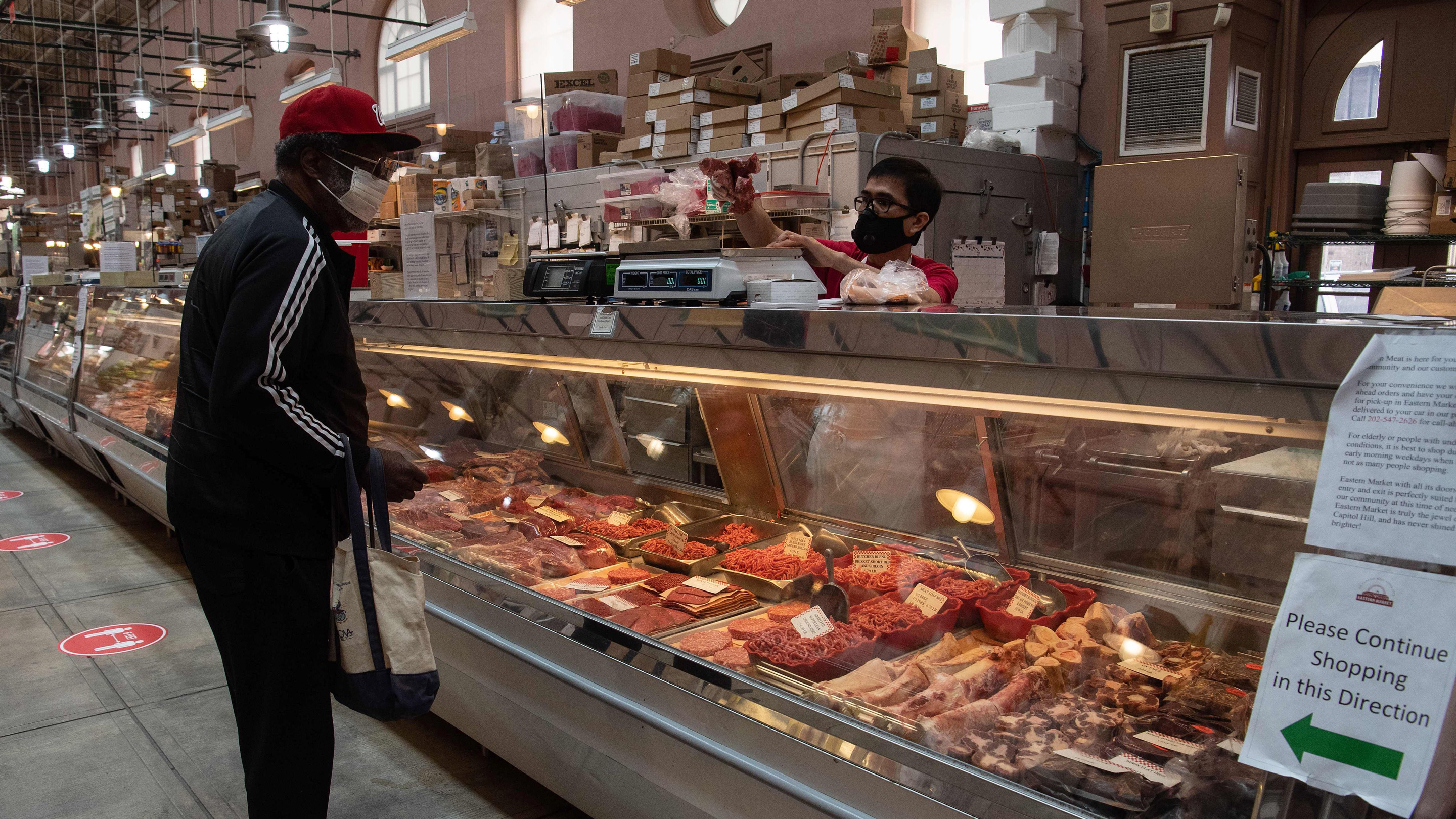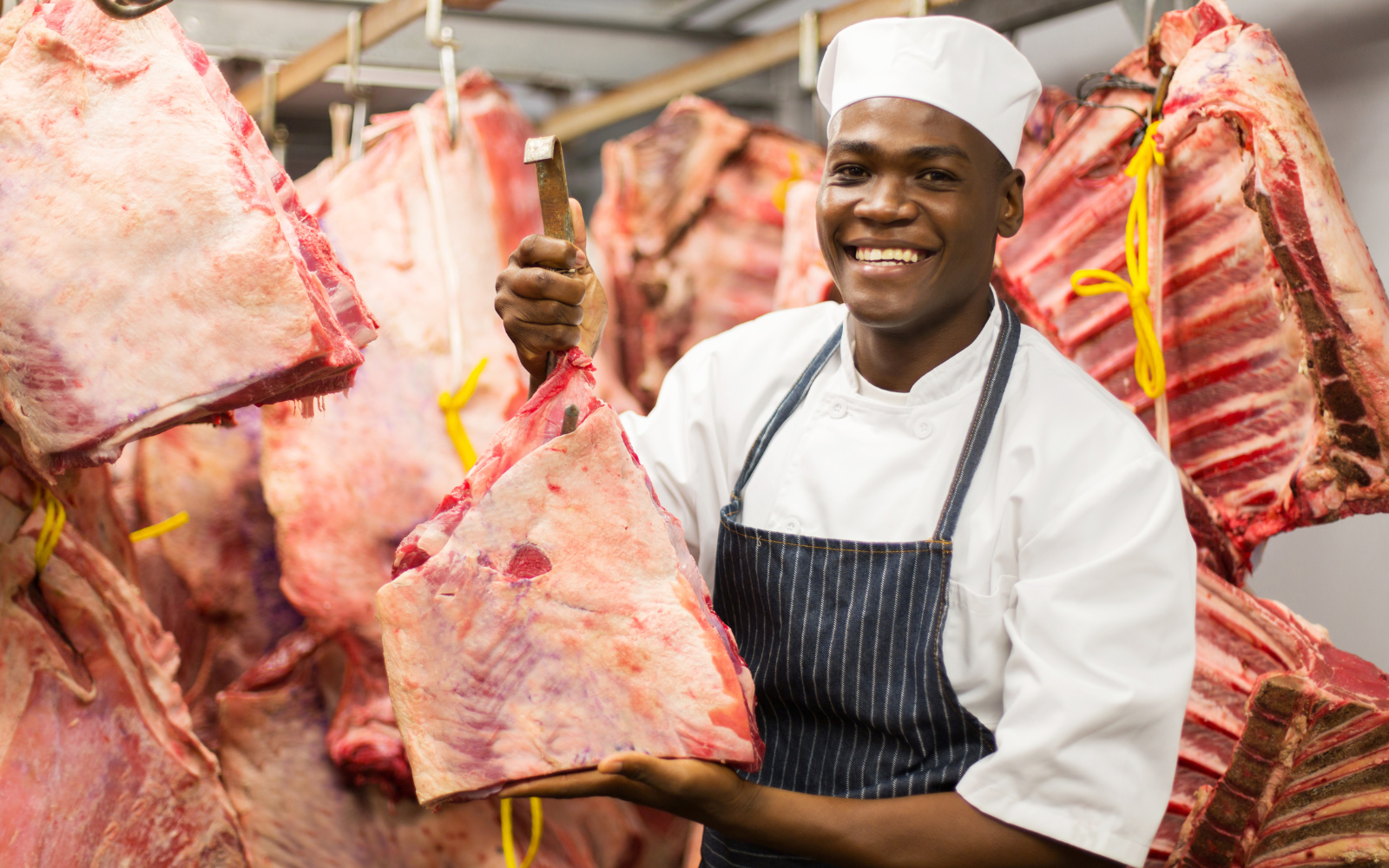From Ranch to Table: Accepting the Practice of Meat Markets and Butcheries
In an age controlled by ease and mass manufacturing, there exists a silent revolution occurring in the cooking world - a go back to the origins of food sourcing through the custom of meat markets and butcheries. These facilities, often ignored in the darkness of grocery stores, are experiencing a rebirth as discerning consumers look for quality, traceability, and a connection to the beginnings of their food. Yet what is driving this change back to the means of old? The solution depends on the intersection of heritage practices, ethical considerations, and a need for a more genuine gastronomic experience.
The Resurgence of Meat Markets
The resurgence of meat markets throughout various areas shows a change towards a restored recognition for locally sourced, high quality meats. Recently, consumers have actually become much more mindful of the origins of their food, bring about a growing need for transparency and sustainability in the meat industry. This fad has actually led the way for the resurgence of standard meat markets and butcheries, where clients can straight communicate with experienced butchers and resource their meat from neighboring farms.
Among the key driving aspects behind this resurgence is the wish for better and fresher products. By acquiring meat from regional markets, customers can guarantee that they are obtaining fresh cuts that have not traveled cross countries or been being in storage space for extensive durations. Furthermore, supporting neighborhood meat markets helps reinforce the local economic climate and advertises community links.
In addition, the resurgence of meat markets straightens with the broader movement in the direction of supporting small farmers and lasting farming techniques. By selecting to get from these establishments, consumers are not only getting better high quality meat but additionally adding to a much more ecologically friendly and moral food system.
Craftsmanship in Butcheries
With the renewal of meat markets emphasizing top quality and sustainability, the focus changes in the direction of recognizing the intricate craftsmanship presented in modern butcheries. Workmanship in butcheries exceeds simply cutting meat; it embodies an ingrained practice of expertise and precision in dealing with various cuts of meat - Bagley Farms Meat Market. Butchers, typically educated for several years, possess a riches of knowledge on the composition of animals, blade abilities, and the art of breaking down carcasses successfully
In modern butcheries, workmanship is evident in the method butchers very carefully source their meat, guaranteeing high criteria of quality and ethical techniques. They take pride in comprehending the provenance of the meat they market, working carefully with local farmers and providers to use consumers full openness and traceability.

In Your Area Sourced Meat High Quality
Amid the growing passion in lasting techniques, a concentrate on locally sourced meat top quality has come to be significantly noticeable in the meat market sector. Customers are progressively looking for openness in the sourcing and manufacturing of their meat, resulting in a rise sought after for locally raised and refined meats.
In your area sourced meat offers numerous advantages, including fresher products, assistance for regional farmers, and decreased environmental impact as a result of decreased transport ranges. By purchasing meat from neighboring farms and butcheries, customers can have extra confidence in the high quality and security of the items they are acquiring.
Furthermore, in your area sourced meat commonly comes from pets that have been elevated in extra gentle problems, with a concentrate on animal welfare and sustainable farming techniques. This moral approach to meat manufacturing reverberates with numerous consumers that are concerned regarding the origins of their food and its effect on the setting.
Farm-to-Table Buying Experience
In the world of in your area sourced meat top quality, the farm-to-table shopping experience uses customers a direct connection to the origins of their food. This unique shopping experience permits customers to map the journey of their meat, from the ranch where the pets were elevated to the table where it will certainly be taken pleasure in. By participating in farm-to-table purchasing, people can obtain a much deeper understanding of the farming methods, pet well-being standards, and sustainability efforts associated here with producing their meat.

Tradition Fulfills Modern Society


The convergence of typical meat markets and butcheries with modern-day society presents a special possibility for the conservation of artisanal practices in a contemporary context. While contemporary developments have actually transformed numerous industries, the essence of standard meat markets and butcheries continues to be deeply rooted in background and workmanship. This mix of practice and modernity permits the continuation of classic methods while adjusting to the demands and choices of today's customers.
In today's hectic globe, where convenience commonly exceeds high quality, there is an expanding recognition for the heritage and authenticity that traditional meat markets and butcheries use. Customers are progressively looking for openness in the sourcing and production of their food, leading them back to the personalized solution and know-how found in these establishments. The emphasis on sustainability and honest practices lines up with the values supported by many conventional meat markets you could try these out and butcheries, fostering a sense of area and responsibility towards the setting.
As culture remains to develop, the coalescence of custom and modernity in meat markets and butcheries not just makes sure the conservation of artisanal methods yet also enriches the culinary landscape with a mix of heritage and advancement.
Final Thought
Finally, the custom of meat markets and butcheries is experiencing a rebirth in contemporary society. These establishments supply in your area sourced meat of high quality, supplying a farm-to-table shopping experience for consumers. The workmanship and competence located in butcheries add to the authenticity and worth check my source of the items supplied. By welcoming this practice, individuals have the ability to connect with their food in a significant way, linking the gap in between the past and the here and now - Bagley Farms Meat Market.
In an era controlled by comfort and mass manufacturing, there exists a silent revolution taking place in the culinary globe - a return to the origins of food sourcing with the practice of meat markets and butcheries.The rebirth of meat markets across various neighborhoods shows a shift towards a renewed recognition for locally sourced, quality meats.With the revival of meat markets highlighting quality and sustainability, the focus shifts towards recognizing the detailed craftsmanship showed in contemporary butcheries. Craftsmanship in butcheries goes beyond just cutting meat; it symbolizes a deep-rooted custom of competence and precision in managing various cuts of meat.In today's hectic world, where convenience commonly defeats quality, there is an expanding appreciation for the heritage and credibility that conventional meat markets and butcheries use.